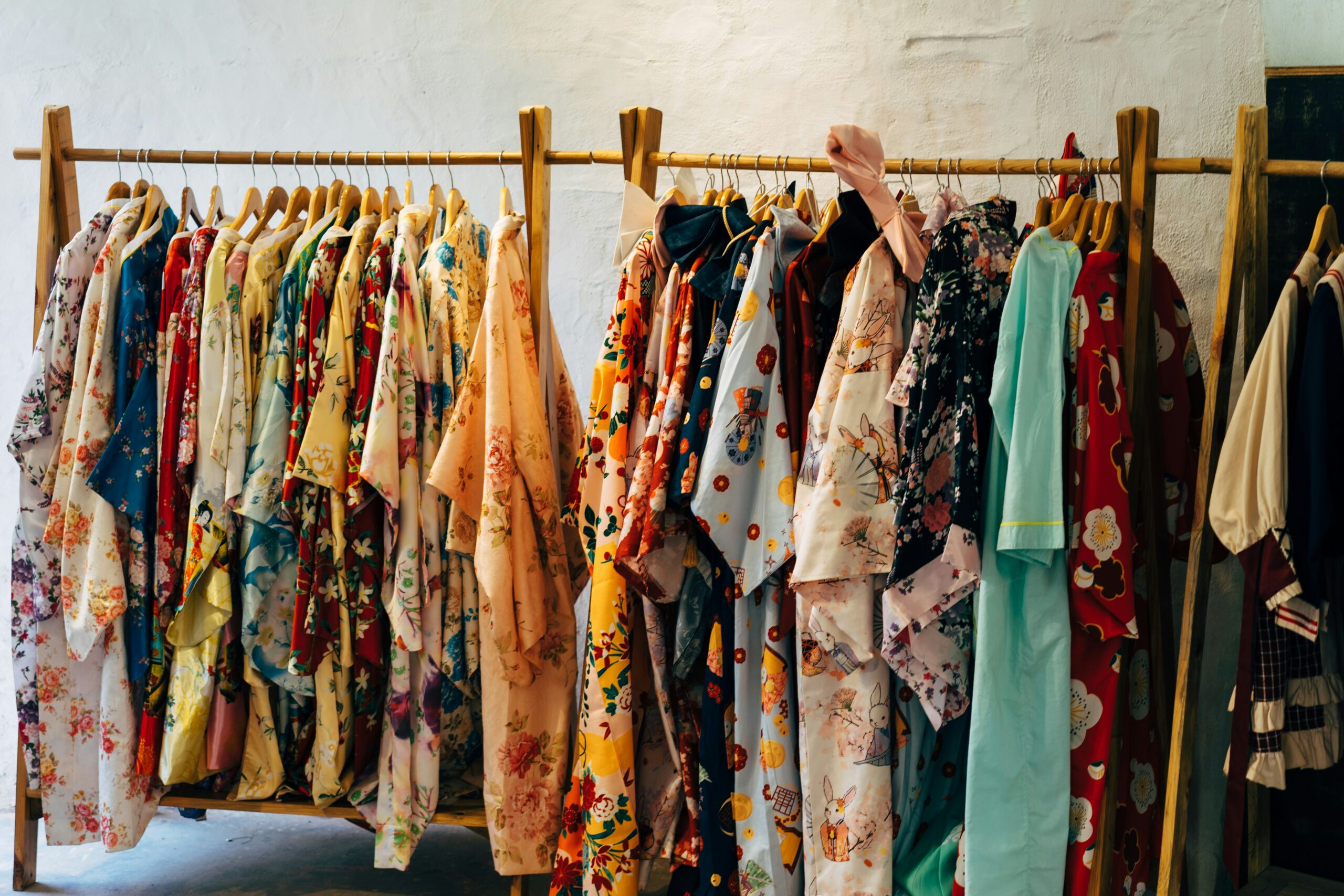Sustainability is no longer just a buzzword—it’s a movement reshaping the fashion industry. In 2025, eco-conscious clothing is becoming mainstream, with consumers and brands alike embracing sustainable fashion. This article dives into the eco-friendly lifestyle choices driving the green fashion revolution.
H2: Why Sustainable Fashion Matters
Environmental Impact: Fashion is one of the world’s largest polluters. Sustainable choices reduce waste and emissions.
Ethical Sourcing: Transparency in supply chains ensures fair wages and safe working conditions.
Consumer Demand: Shoppers are increasingly aware and want brands that align with their values.
H2: Popular Sustainable Fabrics in 2025
Organic Cotton – Reduces pesticide use.
Hemp & Bamboo – Durable and eco-friendly.
Recycled Polyester – Gives plastic waste a second life.
Tencel & Modal – Soft, biodegradable, and sustainable.
H2: Building a Sustainable Wardrobe
Buy less, choose better. Invest in timeless staples.
Thrift & upcycle. Vintage stores and DIY are trending.
Support eco-conscious brands. Look for certifications like GOTS or Fair Trade.
Care for your clothes. Washing in cold water and air-drying extends garment life.
H2: Future of Sustainable Fashion
AI and blockchain are helping verify eco-friendly supply chains, while 3D printing reduces waste in production. The future points toward a circular economy where fashion is reused, recycled, and reinvented.
Conclusion
Sustainable fashion isn’t just a trend—it’s a necessity. By making eco-friendly choices, you contribute to a healthier planet while staying stylish.
FAQs
Q1: Is sustainable fashion expensive?
A: While some eco-friendly brands cost more, long-lasting quality saves money in the long run.
Q2: What are the best fabrics for sustainable clothing?
A: Organic cotton, hemp, bamboo, and recycled polyester.
Q3: How do I start a sustainable wardrobe?
A: Begin by buying less, shopping secondhand, and supporting ethical brands.

